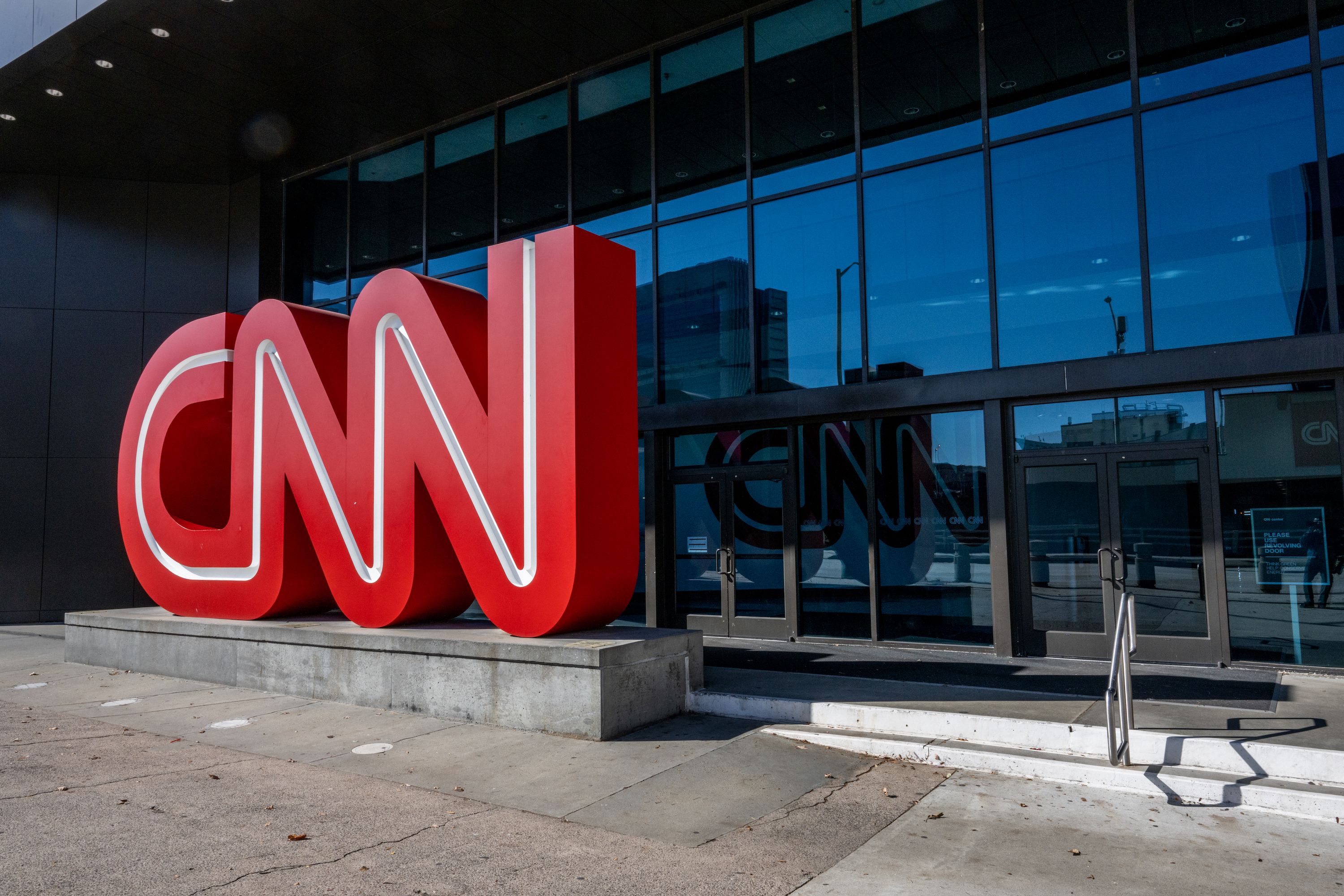
It has long been an article of faith in the industry that people maintain their pay TV subscriptions so that they are able to watch news and live sports.
It has long been my contention that the shrinking ratings of the cable news networks is proof that people see cable news as an emergency switch of sorts, something they feel they need to have in times of international crises, severe weather events and presidential elections.

That’s been proven out over the past few weeks as CNN — long home to news “crisis” specialists like Christiane Amanpour, Wolf Blitzer and Anderson Cooper — saw ratings shoot up significantly. During the week immediately following the civilian massacre in Israel, CNN’s share of the coveted 25-54-year-old primetime audience jumped a whopping 26% over the week prior. (Fox News Channel saw a similar boost, though MSNBC, which conventional wisdom has it, is better known for its commentary than reporting, did not see any lift.)
This is why Warner Bros. Discovery’s recent decision to launch a version of CNN on Max is suddenly a very interesting move.
Although it has not received much fanfare, CNN Max is actually up and running and is easily navigated to on the home screen of the Max app. It is, in my opinion, a far better experience right now than CNN on cable, mostly because rather than an endless parade of pharma ads, you mostly see promos for CNN during the commercial breaks.
You also see a long scroll of the weather (in Celsius) for about 50 cities around the globe. (CNN Max relies on the international edition of CNN.)
What makes this interesting though is churn — or the lack thereof.
The smarter way to stay on top of the streaming and OTT industry. Sign up below.
If there is one thing that keeps the streaming services up at night, it is the amount of churn they need to deal with, a result of all of them copying Netflix’s decision to offer month-to-month subscriptions.
Also Read: Yikes! 33% of Premium SVOD Subscribers Are ‘Serial Churners,’ Antenna Says
Now, if the theory about viewers keeping cable to have access to cable news is true, then it holds that Max will get a substantial churn-busting booster shot from CNN Max.
That is critical because in the years ahead we can somewhat safely assume that the number of subscription streaming services will contract while their monthly prices rise, especially for their ad-free versions.
That means there will be somewhere between three and five major SVOD services, all of which will operate as mini-cable bundles, with news, sports and a wide range of entertainment programming.
Sports is tough because fans might need to subscribe to multiple services to see all the games they want to see across various leagues and college conferences.
But news is different, as consumers seem to generally be happy with a single cable news service.
Meaning that all things being equal, CNN can help make Max (or whoever owns Max) relatively churn-proof. Better still, the audience for CNN seems to have a good amount of overlap with the audience for what the rest of Max has on offer, the HBO programming in particular.
That circle inside the Venn diagram of “people who will subscribe to watch CNN” and “people who will subscribe to watch HBO” is not massive, but it is likely big enough to give Max enough of a base to vastly improve its chances of being one of the services that survives long-term.
Sports Fans Are In For Disappointment
Sports is, of course, the other factor that will keep viewers subscribed to streaming, but sports is a much-trickier category because there are multiple leagues and services that will have the rights to games that fans want to watch.
No single service is going to have a monopoly on all college football and NFL games, nor is one going to have a monopoly on basketball, baseball or hockey.
And that is before you factor in RSNs or apps the various leagues and teams launch themselves.
So it is likely that sports fans will need to subscribe to a number of services — some of which they have no interest in — in order to watch their teams.
This is going to make for some unhappy sports fans as they will be forced to pay more to watch all the games they want to watch, not to mention the hassle of keeping track of which game is on which service.
It’s also not going to be good for the SVOD services, as it will create higher levels of churn throughout the year, with viewers disconnecting at the end of a particular season.
It will likely be good for sports leagues though, as the value of their rights will go up. For while it may not be optimal for fans that a service like Max only has a smattering of NBA games, it would be even worse if it did not have any. And with deep-pocketed rivals like Amazon, Apple and Alphabet entering the fray, it’s likely that the price for those rights is only going to go up.
Alan Wolk is the co-founder and lead analyst for media consultancy TV[R]EV
